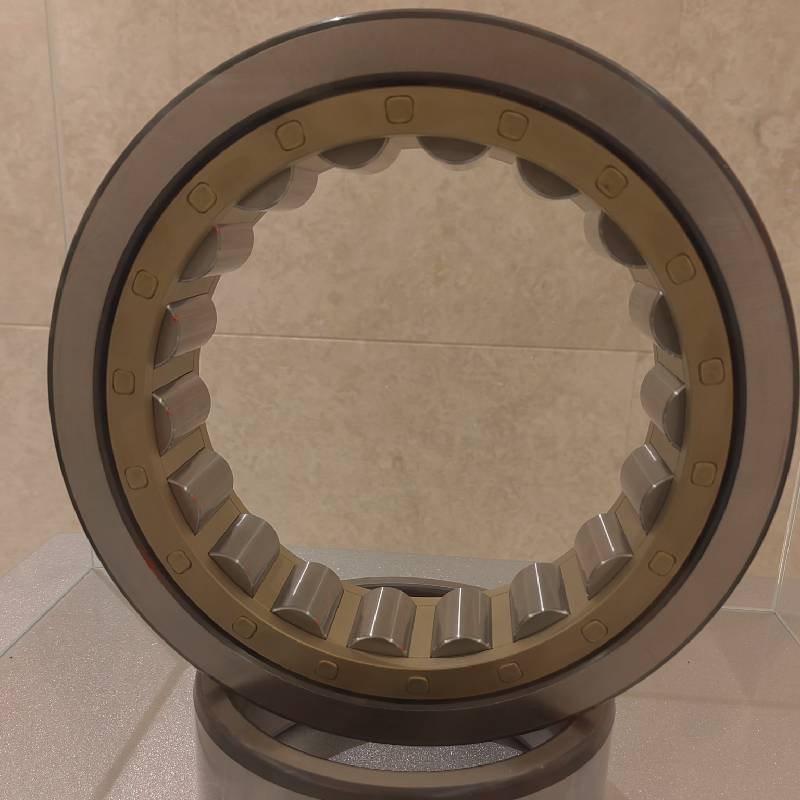
Dec . 12, 2024 06:01 Back to list
Applications and Advantages of Tapered Roller Bearings in Various Industries
Uses of Taper Roller Bearings
Taper roller bearings are an essential component in various mechanical applications due to their unique design and performance characteristics. These bearings are specifically designed to handle both radial and axial loads, making them a popular choice in industries ranging from automotive to aerospace. The tapered shape of the rollers allows for efficient load distribution, reducing friction and wear, and ultimately enhancing the longevity of the machinery they are used in.
Automotive Industry
One of the most significant areas where taper roller bearings are utilized is in the automotive industry. In vehicles, these bearings are commonly found in wheel hubs, axles, and transmissions. Their ability to support heavy loads while allowing for reliable rotational movement is crucial for the performance and safety of cars. Taper roller bearings contribute to smoother operation and improved fuel efficiency by minimizing friction. For instance, in wheel assemblies, they facilitate the rotation of the wheels while maintaining proper alignment and stability at high speeds.
Industrial Machinery
Taper roller bearings play a vital role in various types of industrial machinery, including conveyor systems, heavy-duty trucks, and manufacturing equipment. These bearings are designed to withstand significant radial loads and can also handle axial forces resulting from operational practices. In conveyor systems, taper roller bearings are used to ensure smooth movement and reduce wear, leading to lower maintenance costs. In manufacturing setups where high precision is required, such as milling and cutting machines, taper roller bearings ensure optimal performance and accuracy.
Aerospace Applications
taper roller bearing uses

In the aerospace sector, taper roller bearings are engineered to meet stringent performance standards due to the safety critical nature of aircraft components. They are used in landing gear systems, engines, and other critical systems where reliability is paramount. The lightweight yet robust construction of taper roller bearings makes them ideal for aerospace applications, where every gram counts. Their ability to manage high speeds and variable loads is essential for ensuring smooth flight operations.
Agricultural Equipment
In agriculture, taper roller bearings are widely used in machinery such as tractors, harvesters, and plows. These bearings can handle the harsh conditions of agricultural operations, including exposure to dirt, moisture, and extreme temperatures. They are positioned in various applications such as wheel bearings, gearboxes, and planter mechanisms, where they contribute to the efficiency and durability of the equipment. The robustness of taper roller bearings ensures that agricultural machinery can perform reliably over long periods, even in challenging environments.
Railroads and Heavy Equipment
Taper roller bearings are also critical in the railroad industry. They are used in the wheelsets of locomotives and railcars, where they facilitate smooth movement and stability at high speeds. In heavy equipment such as cranes and excavators, these bearings provide support for rotating parts and help manage the significant forces at play during operation. The design of taper roller bearings allows them to accommodate changes in load direction, making them ideal for use in dynamic environments.
Conclusion
In summary, taper roller bearings are indispensable in a myriad of applications across different industries. Their unique design allows them to accommodate both radial and axial loads, making them versatile components in various mechanical systems. From enhancing the performance of automobiles and industrial machinery to ensuring safety in aerospace applications, taper roller bearings are central to modern engineering solutions. As industries continue to evolve and demand increasingly sophisticated machinery, the role of taper roller bearings is likely to expand, reinforcing their importance in both existing and emerging technologies. Their ability to provide reliability, efficiency, and longevity makes them a preferred choice for a wide range of applications, ensuring that they will remain a critical element in engineering for years to come.
Latest news
-
Premium Deep Groove Ball Bearings | High Speed & Reliability
NewsAug.29,2025
-
Durable Scaffolding Clamps - Secure & Reliable Tube Connectors
NewsAug.28,2025
-
Common Failures in Thrust Ball Bearings and Solutions
NewsAug.22,2025
-
How Tapered Roller Bearings Can Take Shock Loads
NewsAug.22,2025
-
Angular Bearings in High-Precision Spindles
NewsAug.22,2025
-
The Impact of Misalignment on Cylindrical Roller Bearing Performance
NewsAug.22,2025
